We all know how useful ginger is. It has been known for its benefits since time ancient times.
Its roots, once dried and crushed, are used to season various dishes and especially for everyone's favorite Christmas gingerbread cookies and pastries.
Ginger can be consumed both fresh and dried, ground or as an oil, as a juice or ginger tea.
Its unique taste and aroma are due to the fact that it contains natural oils, one of which is essential - ginger. In addition, ginger contains a small amount of curcumin. Curcumin is one of the active ingredients in turmeric. It gives it its characteristic color.
Ginger is also the most important and essential ingredient. It is responsible for some of the most beneficial actions on our body - it has anti-inflammatory and antioxidant effects. And here is what is contained in this useful plant:
In 100 g of ginger root there are:
- 80 calories;
- 17.8 g of carbohydrates;
- 0.7 g of fat;
- 1.8 g of protein;
- 2 g of fiber;
- 415 mg of potassium /12% of the daily dose/;
- 0.2 mg of honey /11% of the daily dose/;
- 0.2 mg of manganese /11% of the daily dose/;
- 43 mg of magnesium /11% of the daily dose/;
- 5 mg of vitamin C /8% of the daily dose/;
- 0.2 mg of vitamin B6 /8% of the daily dose/;
- 0.7 mg of niacin /4% of the daily dose/;
- 34 mg of phosphorus /3% of the daily dose/;
- 0.6 mg of iron /3% of the daily dose/;
Its upper composition is not so important. Only a few grams of ginger powder or ginger tea are consumed per day, which is barely 1-2% of the doses we have listed. Ginger is taken mainly because of the ginger and curcumin it contains.
See also the best recipes for ginger smoothies and ginger main dishes.
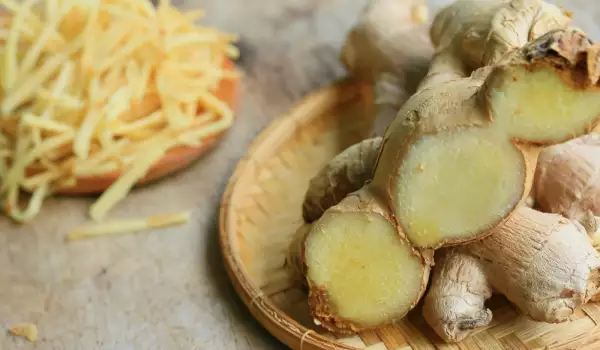
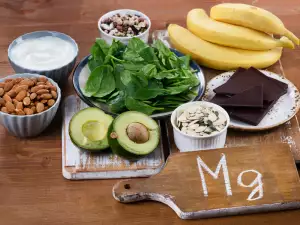

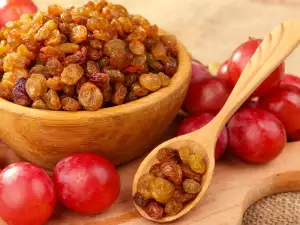




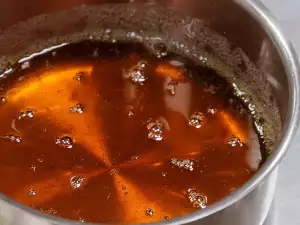

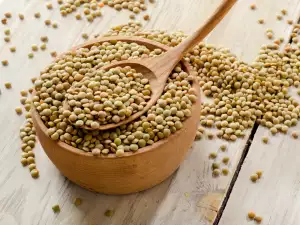
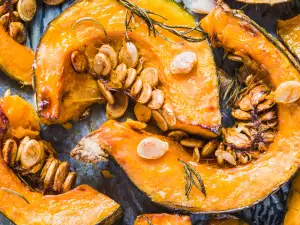
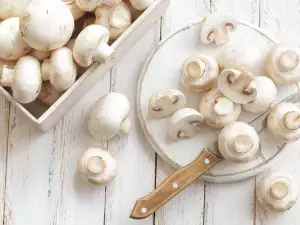
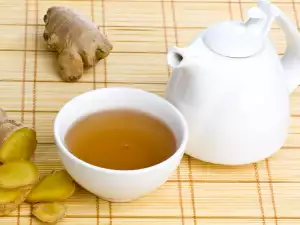

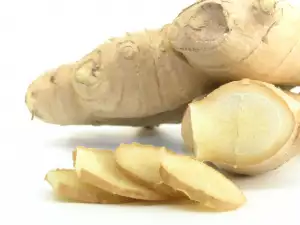



Comments